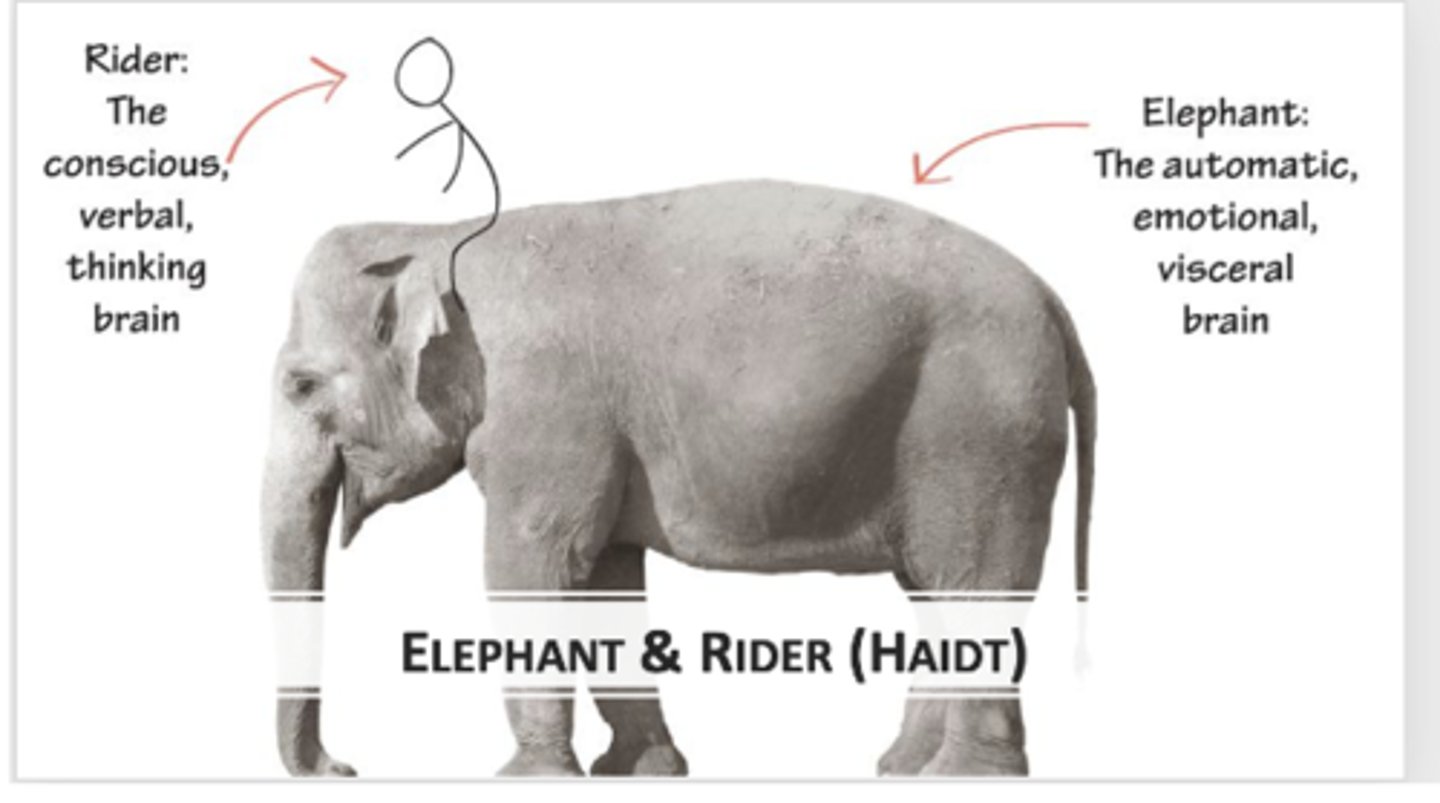polarization final
1/32
There's no tags or description
Looks like no tags are added yet.
Name | Mastery | Learn | Test | Matching | Spaced |
|---|
No study sessions yet.
33 Terms
Dixiecrats
southern conservative Democrats who abandoned the national Democratic Party in the 1948 presidential election
culture war
conflict over cultural and moral values, driven by competing visions of American identity and rooted in changes in social norms and institutions.
issue activists
wish to push the parties in a particular direction on a single issue or a narrow range of issues.
conflict extension
When new issues come up they are absorbed into the existing two-party structure. This is done to get more votes, and can often stray away from the party's original values
median voter theory
the idea that a vote maximizing politician in a two party system will be close to the middle so that there is little difference between candidates, and the preferences of the median voter will be represented
Advocacy explosion
beginning in the 1950s, the number of interest groups and lobbyists grew rapidly.
the rider and the elephant
The Rider and the Elephant is a metaphor by Jonathan Haidt that illustrates how our rational mind (the rider) tries to steer our powerful emotions and instincts (the elephant). While we believe we make decisions logically, it's often our emotions that lead, and reason follows to justify those choices.

1950s pro-polarization argument
strong, ideologically distinct parties were essential for a functioning democracy. Polarized parties help voters understand where each party stands, offering clear ideological alternatives.
rational choice theory
A popular theory in political science to explain the actions of voters as well as politicians. It assumes that individuals act in their own best interest, carefully weighing the costs and benefits of possible alternatives.
Politicization
a phenomenon that occurs when Congress and the president select bureaucracy leaders who share their political views (rethinking about my problems not just a problem of me but something I share with a lot of people and has an institutional causes, something government should address)
heuristics
subconscious mental shortcuts shaped by evolution, upbringing, and experience that help people make quick moral and political judgments. Rooted in intuitive emotional reactions—such as responses to harm, fairness, loyalty, or authority—they guide how individuals interpret political information and align with parties or issues, often without deliberate reasoning.
cross-cutting interactions (Mutz)
exposure to people or information that challenges one's political views, often through conversations in diverse social networks. These interactions can reduce polarization by encouraging individuals to consider multiple perspectives
partisan reasoning
when people defend or reject ideas based on party loyalty, not logic or evidence
The Big Sort (Bishop)
growing trend of Americans self-segregating into like-minded communities, where people live, work, and socialize with others who share their political, cultural, and social views. This geographic sorting reinforces polarization by limiting exposure to differing opinions
The creative class
Type of workers composed of doctors, lawyers, academics, musicians, designers, top managers, writers, and entrepreneurs. Cities with more people with creative jobs are more innovative
Haidt's Moral Foundations
1. care/harm
2. fairness/cheating
3. loyalty/betrayal
4. authority/subversion
5. sanctity/degradation
6. liberty/oppression
Lakoff's family models
Conservative: The strict father model
Liberal: The nurturing parent model
fixed and fluid world views
-Fixed- prefer clear rules and straightforward answers. See the world in right and wrong
-Fluid- more interested in nuance and feel comfortable with "gay area", there's room for multiple right answers
Why do "Fixed" minorities vote Democrat?
ties between democratic parties and these groups
Imagined Communities
communities that are socially constructed by those who see themselves as part of them
The four types of nationalism
nationalism: when people feel really proud of their country
creedal (very patriotic, but more value based [American if you believe American ideals], disengaged, ardent (very patriotic, often anti immigration, more conservative ideals), restrictive (care about national identity but very exclusive)
Belief Structure
Framework influencing interpretation of information and values.
The Oil Spill model
Political polarization can expand from a core set of issues to encompass a broader range of opinions, even those seemingly unrelated to the initial point of division.
minimal group paradigm
once you group people together they will start discriminating against other groups
Issue-based polarization elements
increasing divergence in opinions, beliefs, and attitudes surrounding specific issues or policy positions within a society or political system
cross-cutting cleavages
people's identities mix and match, the same people share some identity groups but do not share others
interaction culture/ group style
patterns of interactions that people develop when they are in a group
Social-based polarization elements
The more salient an identity, the more prejudiced we feel towards outgroups. Race, class, citizenship, geography, gender, age can dictate in and out groups
measuring nationalism (components)
attachment (emotionally connected to country), membership criteria (what someone believes makes a person truly a member of the nation), pride, chauvinism (excessive support for one’s own cause or group, in favor of your nation against others)
creedal nationalist
Americans have shared creed, low chauvinism
disengaged
probably critical of us
ardent
high levels of attachment and pride , US is excpetional place but only few can be a part of it
Restrictive
lower levels of attachment and pride, but high pride in history (not happy where we are today)